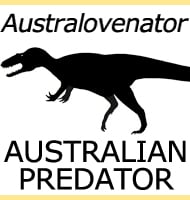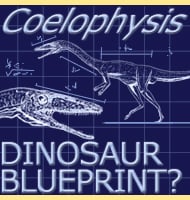Gannansaurus
In Depth Gannansaurus is a little known genus of sauropod dinosaur that lived in China during the late Cretaceous. Because the genus is based upon the description of what is in essence one and a half vertebra very little can be said about this dinosaur. However, the vertebrae of Gannansaurus do show a similarity to … Read more

